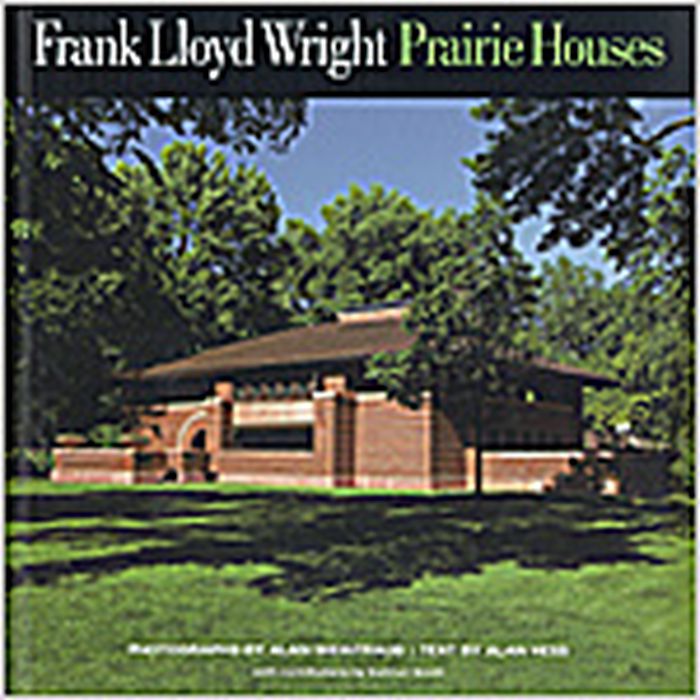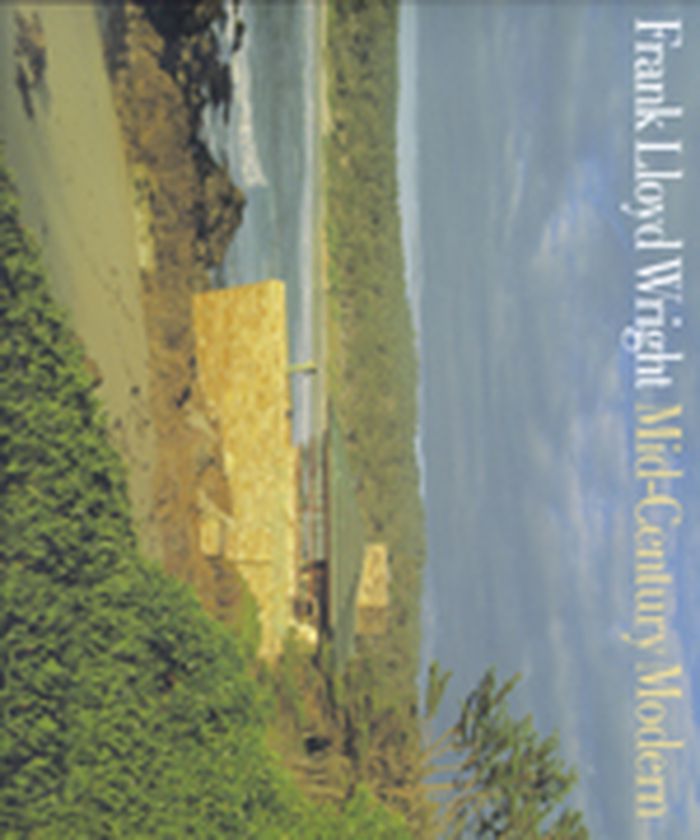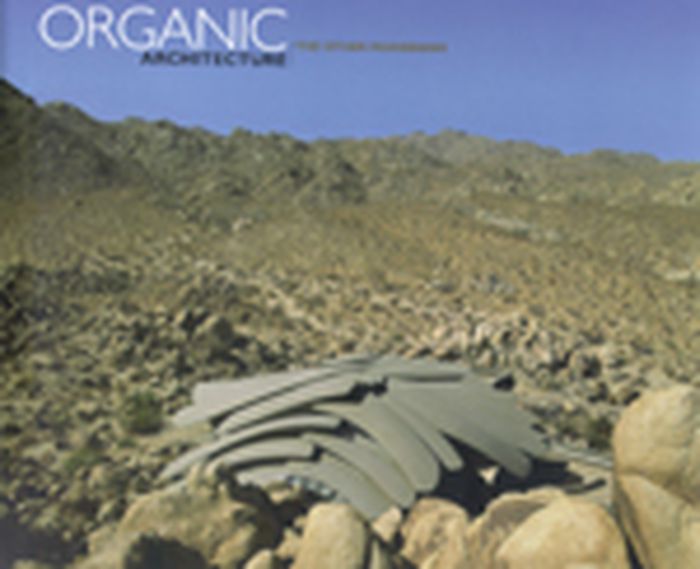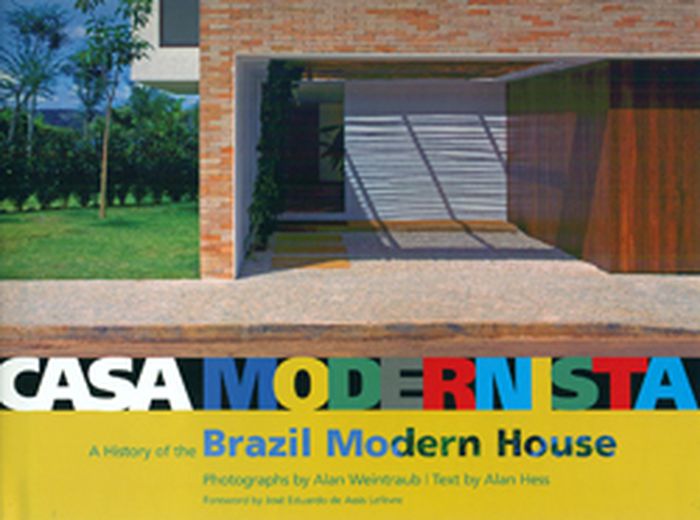$67.00
(available to order)
Summary:
With the advent of Prairie style architecture, Frank Lloyd Wright embarked on a journey that would forever change the course of architecture. During this extraordinarily prolific period, roughly the first quarter of the twentieth century, Wright built the first great modern American houses. He cast aside many of the conventions of the past, opening up interior spaces so(...)
Architecture Monographs
November 2006, New York
Frank Lloyd Wright : prairie houses
Actions:
Price:
$67.00
(available to order)
Summary:
With the advent of Prairie style architecture, Frank Lloyd Wright embarked on a journey that would forever change the course of architecture. During this extraordinarily prolific period, roughly the first quarter of the twentieth century, Wright built the first great modern American houses. He cast aside many of the conventions of the past, opening up interior spaces so that there might be a more subtle flow of rooms. The plans for Prairie style architecture were based on a tartan plaid of main spaces and secondary spaces, of public rooms and circulation spaces. Their decentralized asymmetry did not follow the Beaux Arts insistence on a primary, often dominating, focal point—a vestige of its roots as a symbolic architecture for divine-right royalty. Following Wright's philosophy, Prairie design was emphatically democratic and non-hierarchical. Frank Lloyd Wright Prairie Houses comprehensively demonstrates this philosophy. Focusing on interiors and details, the book features more than 70 Prairie style houses and other buildings, still extant, in lavish, full-color photography.
Architecture Monographs
$55.00
(available to order)
Summary:
The mid-twentieth century was one of the most productive and inventive periods in Wright's career, producing such masterworks as the Guggenheim Museum, Price Tower, Fallingwater, the Usonian houses, and the Loveness House, as well as a vast array of innovative furniture and object design. With a variety of shapes and forms-ranging from honeycombs to spirals-this period is(...)
Architecture Monographs
October 2007, New York
Frank Lloyd Wright : Mid-Century Modern
Actions:
Price:
$55.00
(available to order)
Summary:
The mid-twentieth century was one of the most productive and inventive periods in Wright's career, producing such masterworks as the Guggenheim Museum, Price Tower, Fallingwater, the Usonian houses, and the Loveness House, as well as a vast array of innovative furniture and object design. With a variety of shapes and forms-ranging from honeycombs to spirals-this period is an important contribution to mid-century modernism. Mentoring such talents as Richard Neutra and Rudolph Schindler among others, Wright was one of the most influential proponents of the simplicity, democratic designs, and organic forms that characterize Mid-Century Modern. With lavish, new, previously unpublished color photographs and detailed plans, Frank Lloyd Wright: Mid-Century Modern is a comprehensive examination of an underserved period in Wright's career.
Architecture Monographs
$43.95
(available to order)
Summary:
Organic Architecture: The Other Modernism illuminates the broad brush stroke of Organic residential architecture throughout the panorama of twentieth-century Modernism. A wide-ranging style that defies definition, Organic buildings are notable in their curves and colors, as well as their exuberant, opulent, and at times,extravagant complexity of line, form, texture,(...)
Organic architecture: the other modernism
Actions:
Price:
$43.95
(available to order)
Summary:
Organic Architecture: The Other Modernism illuminates the broad brush stroke of Organic residential architecture throughout the panorama of twentieth-century Modernism. A wide-ranging style that defies definition, Organic buildings are notable in their curves and colors, as well as their exuberant, opulent, and at times,extravagant complexity of line, form, texture, structure, and color.
Green Architecture
$19.95
(available to order)
Summary:
A rediscovery of one of the most powerful schools of Modernism. Brazilian Modernism is the soulful alternative to its European parent, better known for theoretical rigor and cold precision. Using the modern materials of concrete and reinforced glass, as well as wood and steel, Brazilians brought to Modernism an unspoken philosophy that allowed for the free flow of nature(...)
October 2010
Casa Modernista: A history of the Brazil Modern house
Actions:
Price:
$19.95
(available to order)
Summary:
A rediscovery of one of the most powerful schools of Modernism. Brazilian Modernism is the soulful alternative to its European parent, better known for theoretical rigor and cold precision. Using the modern materials of concrete and reinforced glass, as well as wood and steel, Brazilians brought to Modernism an unspoken philosophy that allowed for the free flow of nature and built forms, so that the one was not dominated by the other. The undulating and amorphous buildings of Oscar Niemeyer are perhaps the best known expressions of this philosophy, in which the typical straight line of Europe’s Modern home becomes a graceful arabesque. Casa Modernista features not only the work of Niemeyer, but also that of the most important modern architects of this extremely rich, multifaceted nation, including Affonso Eduardo Reidy, Jorge Machado Moreira, Carlos Leao, Alvaro Vital Brazil, Paulo Mendes da Rocha, Joao Walter Toscano, and Abrahao Sanovicz.



